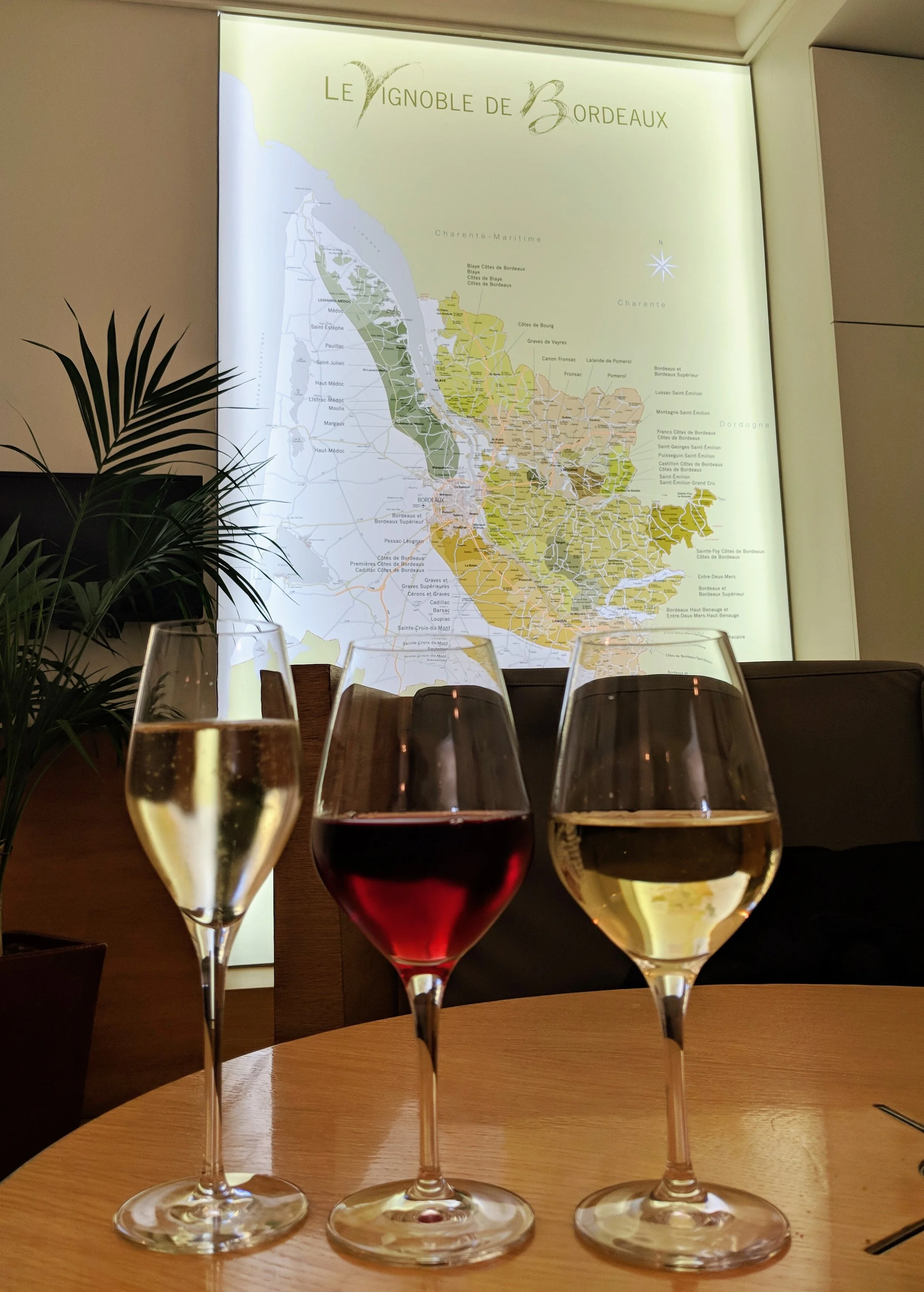Bordeaux
One of the best known and most loved regions in the world. Bordeaux offers far choice more than most people think. Bordeaux is for everyone. There is a style, sweetness level and price point for every consumer. For too long it has been thought of as only an expensive red wine region, it’s time to change.
The History of Bordeaux
Bordeaux has had a fascinating and long history. The first records of vine growing were in the ancient Roman times. In Graves, there is still reminiscence of ruins from these times. The wines of Bordeaux grew great fame and were particularly adored by the English. The proximity ocean position meant transportation via boat was relatively easy.
Where is Bordeaux
Bordeaux is located to the west of France. The Gironde River borders many of the vineyards including much of the Médoc. This river then splits into the Garonne and the Dordogne which mark the land of the ‘Entre-Deux-Mers’. This position greatly affects the climate of Bordeaux.
Climate
Bordeaux has a maritime climate. This means it is heavily influenced by the Atlantic Ocean, to the west of the city. Water is a very important feature as the rivers divide the land areas, equally it is essential for making the botrytised sweet wines as the rivers create the required morning mists. Due to the heavy rainfall disease can be a big issue and in some years the grapes can struggle to ripen.
The Grapes.
There are a large number of grape varieties that can be used in Bordeaux. For red, rosé and some sparkling wine, the permitted grapes are Cabernet Sauvignon, Cabernet Franc, Merlot, Petit Verdot, Malbec (called Cot) and Carménère. For white, sweet and sparkling the main two varieties are Sauvignon Blanc, Sémillion along with Sauvignon Gris and Muscadelle. Colombard, Ugni Blanc and Merlot Blanc are also permitted.
Classification.
The classification system in Bordeaux is very dependent on the individual appellation, however, it is always awarded to the property (or Chateau) rather than the vineyard site. The vineyards must, however, be located in the designated area. Some important areas such as Pomerol have no classification system and all wines produced there are simply named Pomerol. In St-Émilion, the system is ranked with the top producers named ‘Premier Grand Cru Classe A’.
Bordeaux and Bordeaux Supérieur.
These terms cover the vast majority of winemaking in Bordeaux. Red, white, rosé, sweet and sparkling can all be produced. The sparkling wines known as ‘Crémant de Bordeaux’ can also be white or rosé. Wines under the ‘Supérieur’ label have stricter rules including reduced yield (but higher planting density), riper fruit at harvest, barrel ageing and are generally regarded as higher quality.
The appellations of Bordeaux:
There are 60 appellations in Bordeaux, yes 60! Here are a few; click on the link to discover the numerous Bordeaux appellations:








